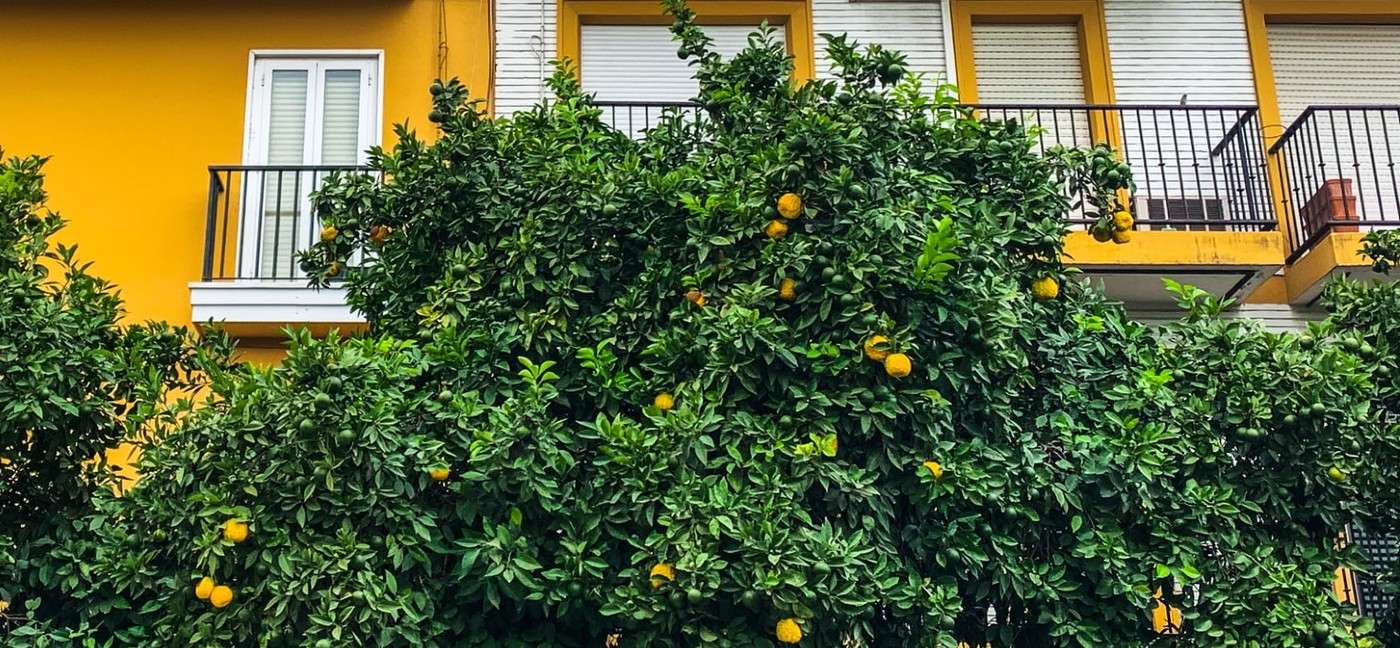Porcelain Bowl Bought at Yard Sale for $35 Could Sell at Auction for $500,000
A Ming dynasty bowl bought at a yard sale for $35 could go for up to $500,000 at an upcoming Sotheby's auction.

Seville: home to palaces, oranges, and now, a brilliant civic recycling innovative that will see millions of tons of fruit being turned into electricity.
When the spring air lies thick with the smell of orange blossoms and the city is at its most beautiful, most non-residents will be unaware that many of the 5.7 million kilograms (11.4 million pounds) of oranges from the city's 50,000 bitter orange trees will end of squished and decaying on the city sidewalks.
Flies swarm around these piles of sticky fermenting oranges that get mushed in between flagstones by passing cars—a real headache for the city's sanitation department.
Emasesa, the company that controls a large market share of Seville's water and sewage treatment needs, has decided to take all that OJ and turn it into a different sort of juice.
"Emasesa is promoting a pilot project at the Copero waste water treatment plant for the second consecutive year to generate clean energy thanks to the juice of bitter oranges from the streets of the city," reads a press release from the company website.
The juice of the bitter oranges is rich in fructose—consisting of very short carbon chains. This causes the fermentation process to run hot; enough to power five homes for a day on just one ton of oranges.
The rest of the orange that's left over is turned into compost to regenerate the soil in local fields.
The team behind the project, according to a report in The Guardian, believe that if all the city's oranges that weren't exported to Britain—where they're used to make marmalade—were instead sent into the methane electric plants, 73,000 of Seville's homes would receive green, or perhaps orange, power for the duration of the harvest season.
Featured image: Jialiang Gao, CC license
SPLASH the News of Orange Power Over Your Friends' Social Media Feeds…
Be the first to comment